Native Americans seen through Swiss eyes
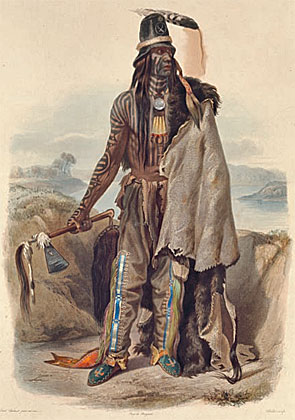
A Swiss artist whose work documented the way of life of native Americans before the mass influx of Europeans is being rediscovered in the United States.
Karl Bodmer, a native of Zurich, spent 1832 to 1834 in the Great Plains of North America, as artist to the expedition of the German explorer, Prince Maximilian of Wied.
“Maximilian was ahead of his time, he was very open to native cultures and it reflected on Bodmer because in his paintings, he doesn’t idealise Native Americans, rather he paints the culture as it was, with an approach that was quasi scientific,” Luke Gasser, who recently made a documentary about Bodmer, told swissinfo.ch.
Bodmer’s work has long been familiar to experts in Western art in the United States: historians, curators, collectors and certain artists, both Native Americans and white.
Most of his drawings and water colours showing the native population, the landscapes and the animals of the great plains are held by the Joslyn museum in Omaha, Nebraska – more than 430 works on paper.
Another 40 or so works are in the Newberry Library of Chicago and one or two private collections.
From museum to screen
“People who love Western art always appreciated Bodmer’s work but I’ve found out that some people had never heard of it or seen it,” leading Bodmer expert David Hunt told swissinfo.ch.
Before retiring from the Joslyn museum, Hunt had organised a number of Bodmer exhibitions in Omaha. In 1985 he was responsible for a travelling exhibition which brought the pictures to the attention of art lovers in San Francisco, New York and Washington.
Today there is an upsurge in interest in Bodmer’s work. Gasser’s film – “Bodmer’s Journey” – has won prizes at festivals in New York and Los Angeles and will be presented at the Washington environmental film festival in March.
In addition, the Oklahoma University Press is about to publish the first English translation of the complete text of Maximilian’s account of his journey illustrated by Bodmer.
“Part of the interest in Bodmer was the story itself of that adventure along the Missouri and the fact that Bodmer and Maximilian were the first ones to produce a documentary in image and text about their trip and the peoples they met, while Lewis and Clark didn’t take an artist with them on that same route in 1803-1804,” Hunt explained.
“The other thing is the quality of Bodmer’s work, the beauty of his drawings and watercolors that were so immediate and so fresh”.
Art and ethnography
Emil Her Many Horses, curator at the National Museum of the Indian American in Washington, himself an artist and member of the Oglala tribe, sees Bodmer’s originality in his lack of prejudice.
“Because of the unique detail Bodmer was able to achieve, his pieces are just phenomenal, and he also documented Native Americans in a real sense,” he told swissinfo.ch after a showing of Gasser’s film and a debate at the Swiss embassy.
This is a difference between Bodmer and the best known painter of native Americans, George Catlin, as Alan Gutchess, director of the Fort Pitt Museum points out.
“Catlin didn’t have the formal training that Bodmer had, his style is naïve while there’s some hyper-realism to Bodmer’s work which is, at the same time, superb and ethnographically so perfect,” he explained.
“If someone were to offer me a Catlin or a Bodmer, I’d take the Bodmer.”
The detail in Bodmer’s portraits of native Americans is such that his pictures are an important source of information about peoples who were about to face the onslaught of European invaders, but who were creative in their adoption of other cultures.
Influences
“When I look at a Bodmer painting, I’m looking at the early techniques and designs used by native people and what you see, thanks to his work, is that native people were not isolated in their own homelands,” said Her Many Horses
“You see that they had incorporated new trade materials into their native dress, whether it was Venetian glass beads, brass buttons or pieces of military uniforms.”
For Robert Holden, deputy director of the Washington-based National Congress of American Indians, Bodmer’s work “contributed to a continuing dialogue”.
“I had seen some of his works before but I was not familiar with his name and the context of his trip,” Holden – a member of the Choctaw and Chickasaw tribes – admitted at the event at the Swiss embassy.
“In Bodmer’s pieces, I see native people in the finery of their regalia, their cultural symbolism, what they wore and what it meant.”
“It’s quite a dramatic effect when you see someone who poses for the artist and who looks proud.”
Bodmer was born in Zurich in 1809 and received his artistic training from his maternal uncle J.J. Meier.
A major turning point in his career came when he was commissioned to illustrate the north American expedition of Prince Maximilian of Wied.
Known popularly to contemporary naturalists as Prince Max, this German aristocrat led a successful scientific expedition to Brazil in 1815–1817.
He decided to go to North America in 1832.
The expedition travelled through what are now the states of Nebraska, South Dakota, North Dakota, Montana and Wyoming.
Bodmer drew and painted the landscapes and animals they came across, as well as the people living there.
Upon his return Bodmer went to Paris where he worked on the material he had collected in the United States.
He died in 1893.
Book
The Oklahoma University Press is bringing out the first English translation of the complete text of Prince Maximilian’s journey, with Bodmer’s illustration. It is scheduled to appear by 2012.
Film
The film “Bodmer’s Journey” by Swiss documentary Luke Gasser won prizes at film festivals in New York and Los Angeles last year. It will be presented at the Environmental Film Festival in Washington in March 2011.
Museum
The North America Native Museum in Zurich held an exhibition to mark Bodmer’s bicentary in 2009
(translated from French by Julia Slater)

In compliance with the JTI standards
More: SWI swissinfo.ch certified by the Journalism Trust Initiative
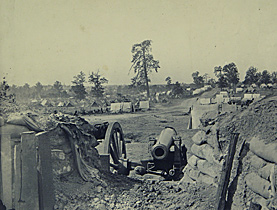
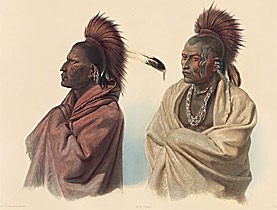
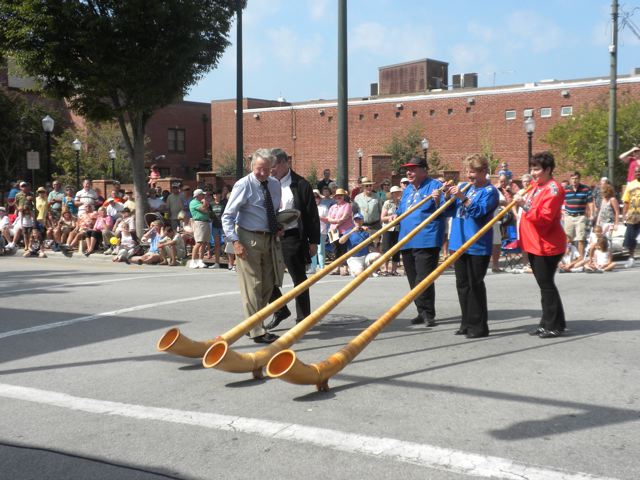
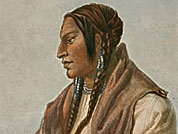
You can find an overview of ongoing debates with our journalists here. Please join us!
If you want to start a conversation about a topic raised in this article or want to report factual errors, email us at english@swissinfo.ch.